After being extended by a day, the final beta playtest for Naraka: Bladepoint has come to a close. The melee-focused battle royale has quite a bit going for it, but performance issues and server woes left a poor taste in some players’ mouths. These problems weren’t enough to stop over 183,000 fans from playing the game at its peak over the weekend, but they’ll certainly affect the word-of-mouth leading up to Naraka’s August 12th launch. Naraka: Bladepoint has the heart, but does it have the guile to survive within an already packed market?
Naraka: Bladepoint: engaging melee combat hindered by performance and server issues.
For those unaware of what Naraka: Bladepoint even is, it’s a Wuxia-inspired battle royale that places a heavy emphasis on melee combat over ranged gunfights. Sure, there are muskets, pistols, and even cannons for players to wield, but the grappling hook that quickly closes the distance between players ensures longsword, spear, greatsword, and katana duels are the norm. There’s a smart rock-paper-scissors mechanic at play that makes combat in Naraka: Bladepoint easy enough to grasp, yet rewards mastery when paired with hero skills and the gameplay altering Souljades scattered across the map.
The Souljades, equipable passives found as loot during a match, range from basic traits such as increased attack damage and increased melee resistance, to full-blown skills. One I found allowed me to slowly regenerate health while using an emote, while another allowed me to launch into an offensive combo from a crouching slide. They make combat more dynamic and allow for some creative improvisation, though I’m sure a Souljade meta will surely arise after the game’s launch. They’re powerful, but not enough to completely swing combat in your favor.
Then there are the heroes themselves. Much like Champions in Apex Legends, each of the six available heroes has a distinct kit that determines how they slot within a team. Kurumi is the healer of the lot, Viper Ning specializes in crowd control, etc. All of them can equip talent “glyphs” that allow players to further specialize their favorite hero, though these are typically small bonuses like boosts to dodge speed and grappling distance. Each of their two skills comes with a handful of different variants, providing additional depth to combat. Oh, and you can customize their faces as you see fit, for good or for ill.

Confession time: I’m not the largest fan of battle royales. That said, these three dynamics mixed together to create a gameplay experience I found utterly enthralling. I’m a massive fan of shooters, sure, but Naraka: Bladepoint clicked with me more so than any of the various first-person shooter battle royales available. Maybe it’s due to my love of action games like Devil May Cry and Bayonetta, but the prospect of juggling an opponent with a spear excites me more than landing the perfect headshot.
There are other aspects of Naraka worth mentioning, such as the well-designed map that was delightfully varied and built with the satisfying parkour in mind. The art design in Naraka: Bladepoint was equally captivating (at least to a westerner like me), drawing deep inspiration from East Asian mythology and Wuxia films. Even the UI, arguably the weakest element of Naraka, was still pretty decent for a game still in beta: it successfully conveyed Naraka’s personality while remaining easy to navigate and parse . . . mostly.
I can’t say the same for either performance or server stability. To be absolutely blunt, both suffered during the Naraka: Bladepoint final beta, especially when compared against the playtest from April. Average framerates were worse in the final beta than they were two months ago, and the final beta was plagued by a massive stuttering problem up until a patch largely addressed the issue towards the end of the test. It’s odd to see performance regress between betas, but even Nvidia’s DLSS was unable to push Naraka: Bladepoint above 60 FPS at 1080p/High Settings whenever I was in a fight.

More troubling than the performance issues in Naraka were the server problems. No matter the region, players were reporting pings far exceeding those advertised on the server select screen. I noticed this as well: the SEA servers had a sub-100ms ping when I selected them, but during a match I was lucky to see anything below 150ms with frequent spikes up to 300ms. This was yet another issue I did not experience in the April playtest, which had a similar number of concurrent players.
Performance issues can be ironed out, but shoddy servers will kill a new multiplayer game before it ever gets the chance to take off. This is doubly true for a new battle royale, and even more so for one built around rapid melee duels. The market is dominated by multiple free-to-play titles, and while I believe Naraka: Bladepoint selling for $20 is reasonable, especially as a game from a new studio (you gotta pay those bills somehow), the price-tag will be a much harder pill for potential players to swallow if the game launches in an unplayable, broken state.
I hope 24 Entertainment is able to squash the server problems, because I absolutely enjoyed my time with Naraka: Bladepoint otherwise. When I wasn’t busy fighting performance or the servers I discovered a battle royale that catered more to my preferences. It doesn’t reinvent the battle royale wheel – the loot system is pretty bog standard for the genre, and monetization ticks all the usual boxes – but an emphasis on snappy melee combat and acrobatic parkour in a gorgeous world influence by Chinese myth sets it apart. Naraka: Bladepoint has the heart to thrive in a congested genre, but it has to sort out its performance and server woes by launch if it’s to survive.
Naraka: Bladepoint launches August 12th on PC via Steam and the Epic Games Store for $19.99.




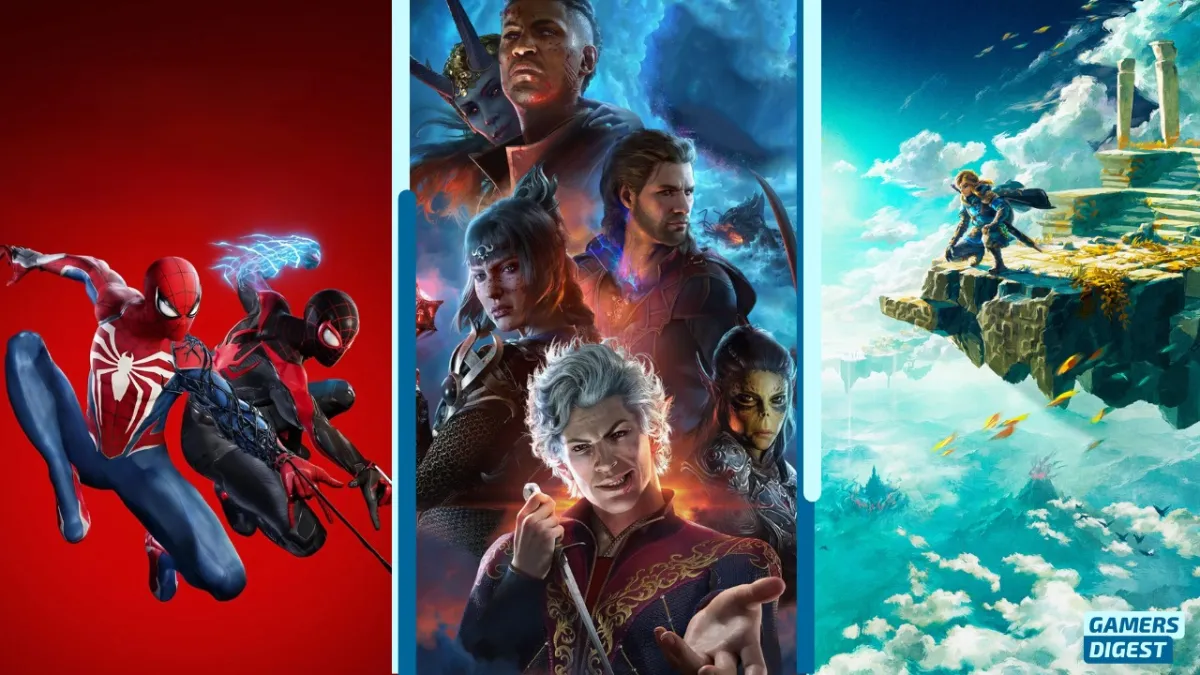
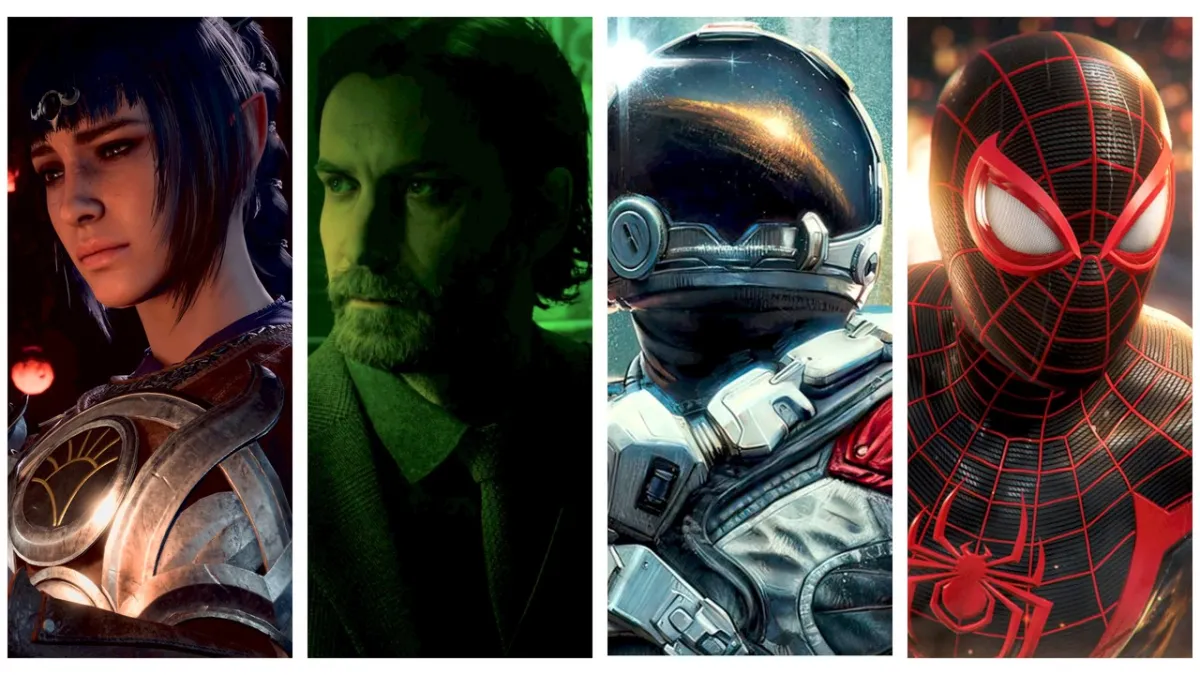
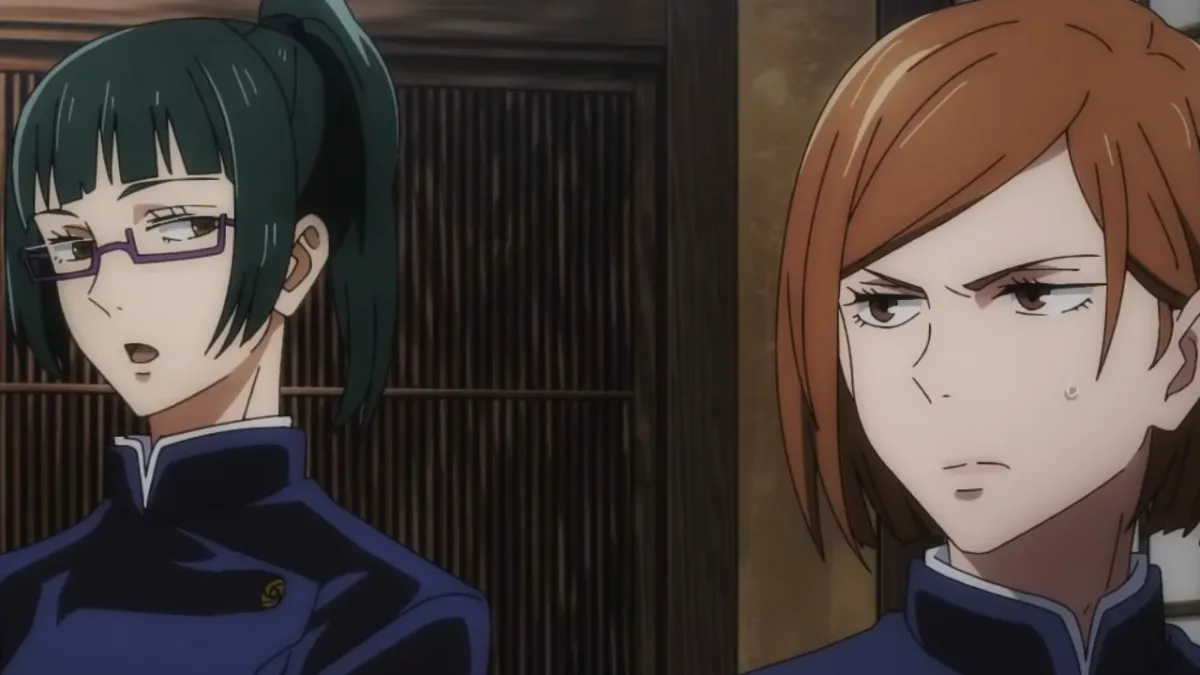
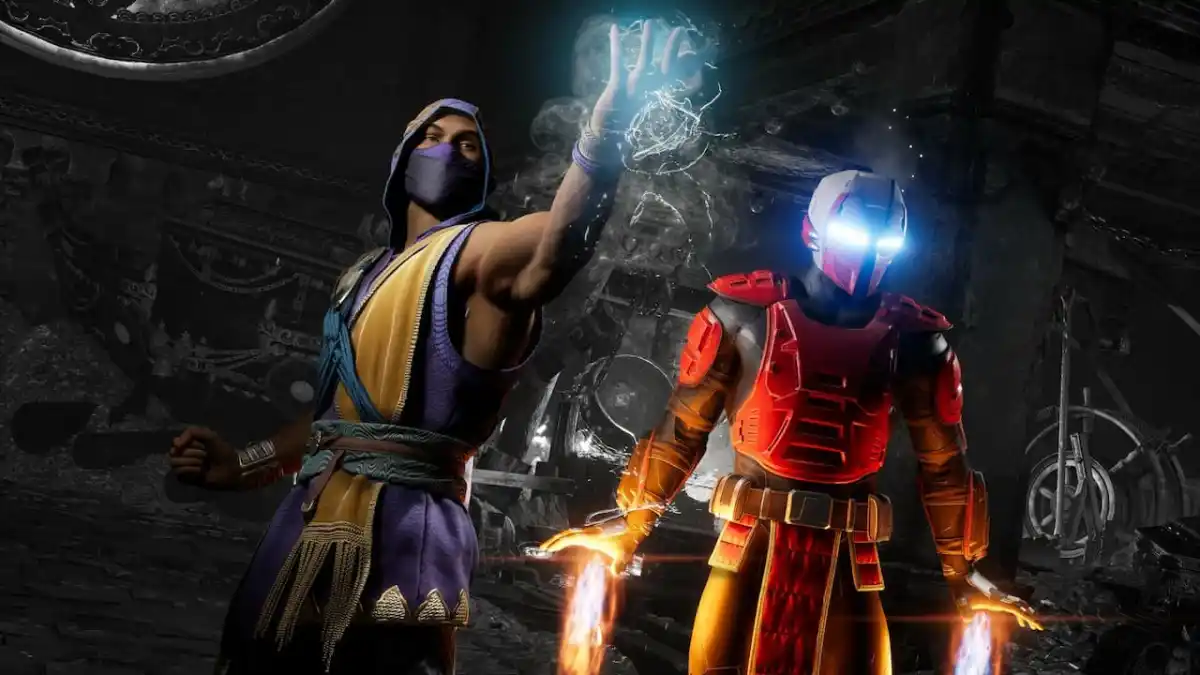
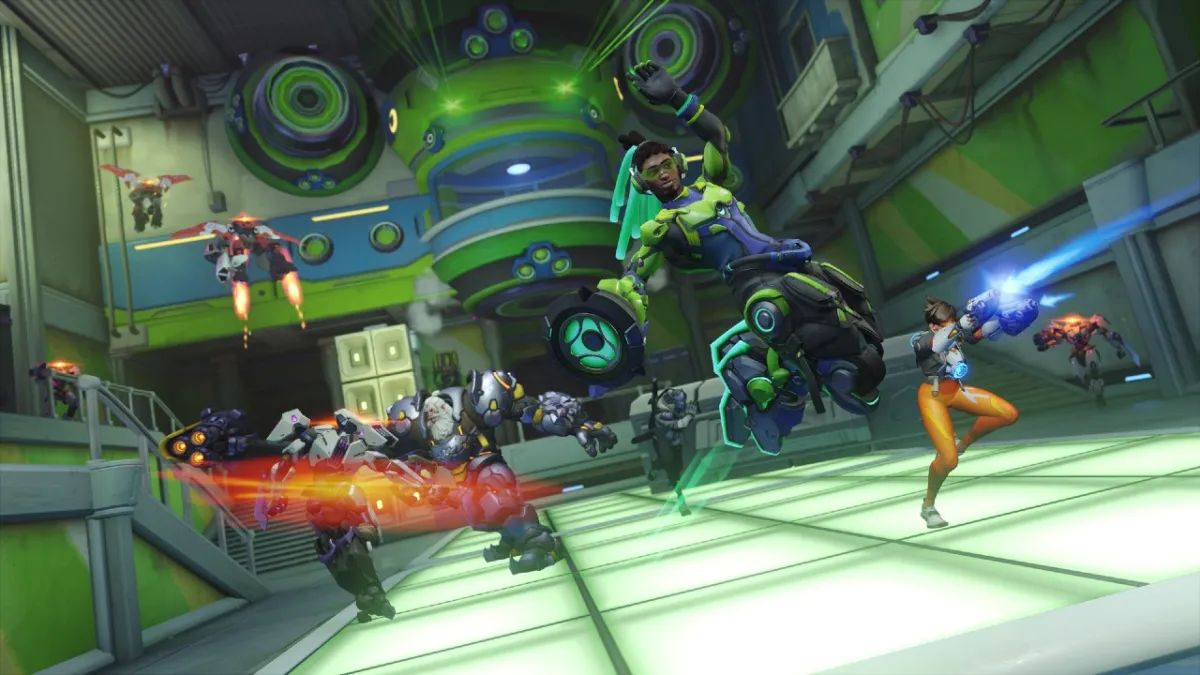


Published: Jun 23, 2021 02:29 pm